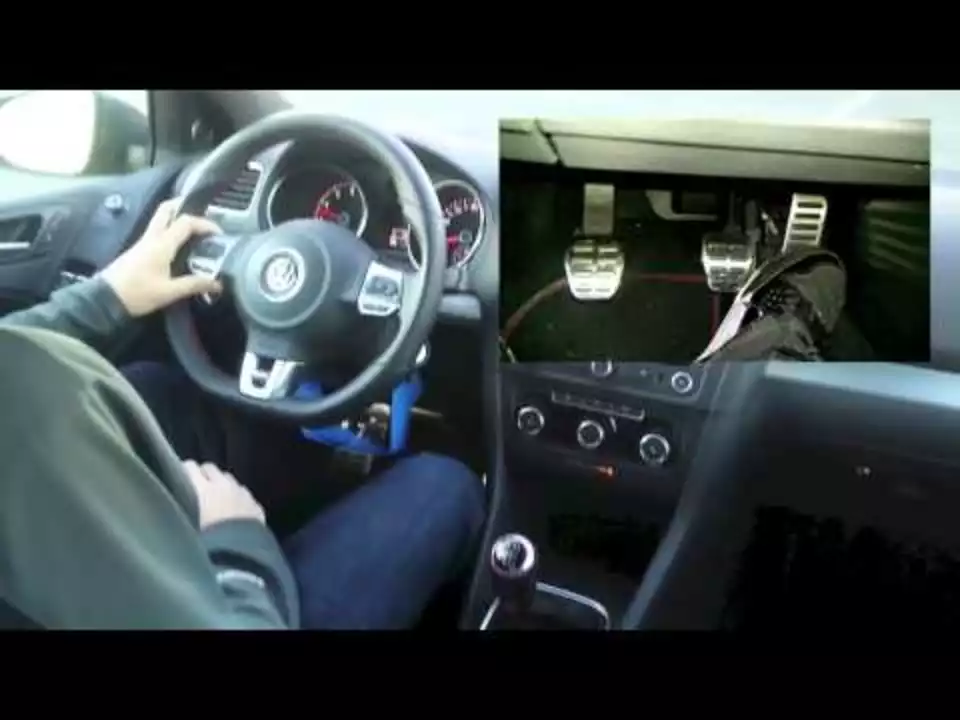As a car enthusiast, I've often wondered if manual transmission cars are better for racing. After researching, I've found that manual transmissions allow drivers to have more control over their vehicle, which can lead to better performance on the track. Additionally, manual cars tend to be lighter and more responsive, giving racers an edge in competitive scenarios. However, advancements in automatic transmission technology have closed the gap, making it more of a personal preference than a definitive advantage. Ultimately, the choice between manual and automatic transmission for racing comes down to a driver's skill and comfort level behind the wheel.
Automotive and Racing: Manual vs Automatic Transmission Debate
If you’ve ever watched a race and wondered why some drivers stick to stick shifts while others glide in slick automatics, you’re not alone. The gearbox you choose can change how a car behaves on the track, and it also shapes the driver’s connection to the machine. Let’s break down what makes each option tick and help you decide which suits your style.
Why Manual Gearboxes Still Matter on the Track
Manual transmissions give you direct control over each gear change. You decide exactly when to upshift or downshift, which can be a huge advantage when you need to extract every ounce of power out of a corner. Because the driver is physically engaged, many racers report a tighter feel and quicker response. The clutch and gear lever also let you perform techniques like heel‑to‑heel downshifts, keeping the car stable while braking hard.
Another perk is weight. Manual gearboxes are typically lighter than their automatic counterparts, especially the older, torque‑converter types. Less weight means better acceleration and handling, two things every racer craves. The simplicity of the drivetrain also translates to easier maintenance and lower repair costs, which matters if you’re running a private team on a budget.
How Modern Automatics Are Closing the Gap
Today’s automatic transmissions aren’t the clunky boxes you remember from the ‘90s. Dual‑clutch and advanced torque‑converter units shift in milliseconds, often faster than a human can pull a lever. They also use sophisticated software to keep the engine in its optimal power band, giving you consistent acceleration lap after lap.
One key advantage is fatigue reduction. Holding a clutch pedal and shifting dozens of times per lap can tire a driver, especially in long endurance events. An automatic frees up your left foot and lets you focus on steering, braking, and race strategy. Some race series even allow drivers to tweak shift points on the fly, adding a layer of tactical control without the manual workload.
Reliability is another strong point. Modern automatics have fewer moving parts exposed to the driver, which can mean fewer missed shifts and less chance of driver‑induced damage. Teams can also program protective features that prevent over‑revving, protecting the engine during aggressive driving.
So, which gearbox should you choose? If you love feeling every gear bite, enjoy fine‑tuning your technique, and don’t mind the extra effort, a manual might be your best bet. If you prefer consistent, blister‑fast shifts, want to save energy for longer races, and value the latest tech, an automatic could give you an edge.
Ultimately, the right choice depends on your driving style, the type of racing you’re doing, and how much you value the tactile connection versus raw performance. Test both on the track, feel the difference, and let your own experience guide the decision. Happy racing!
